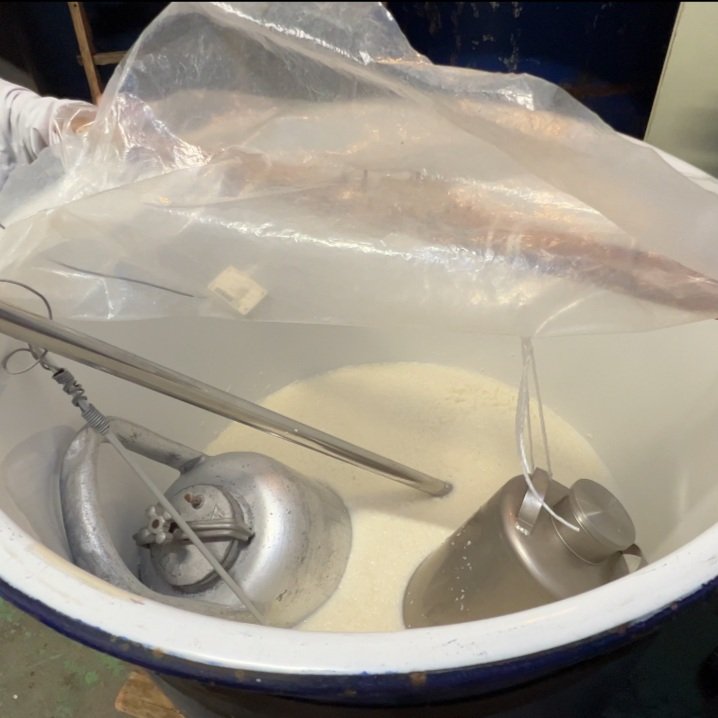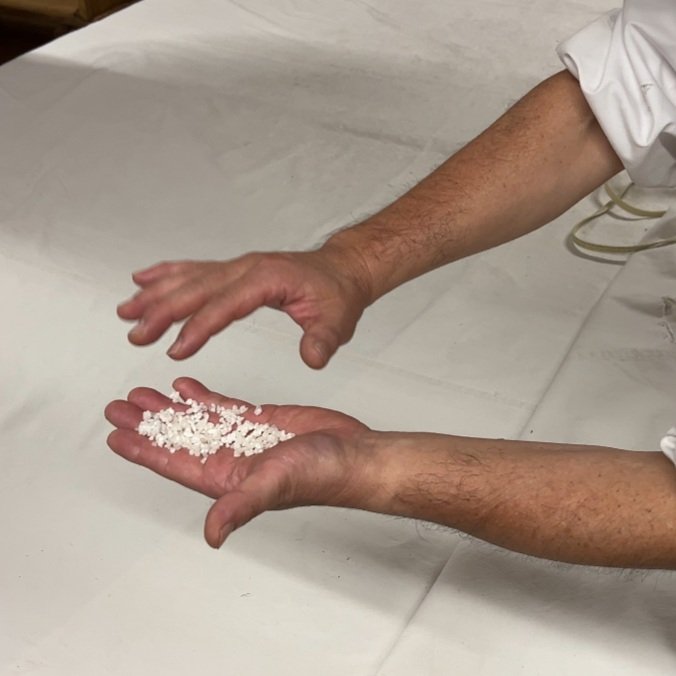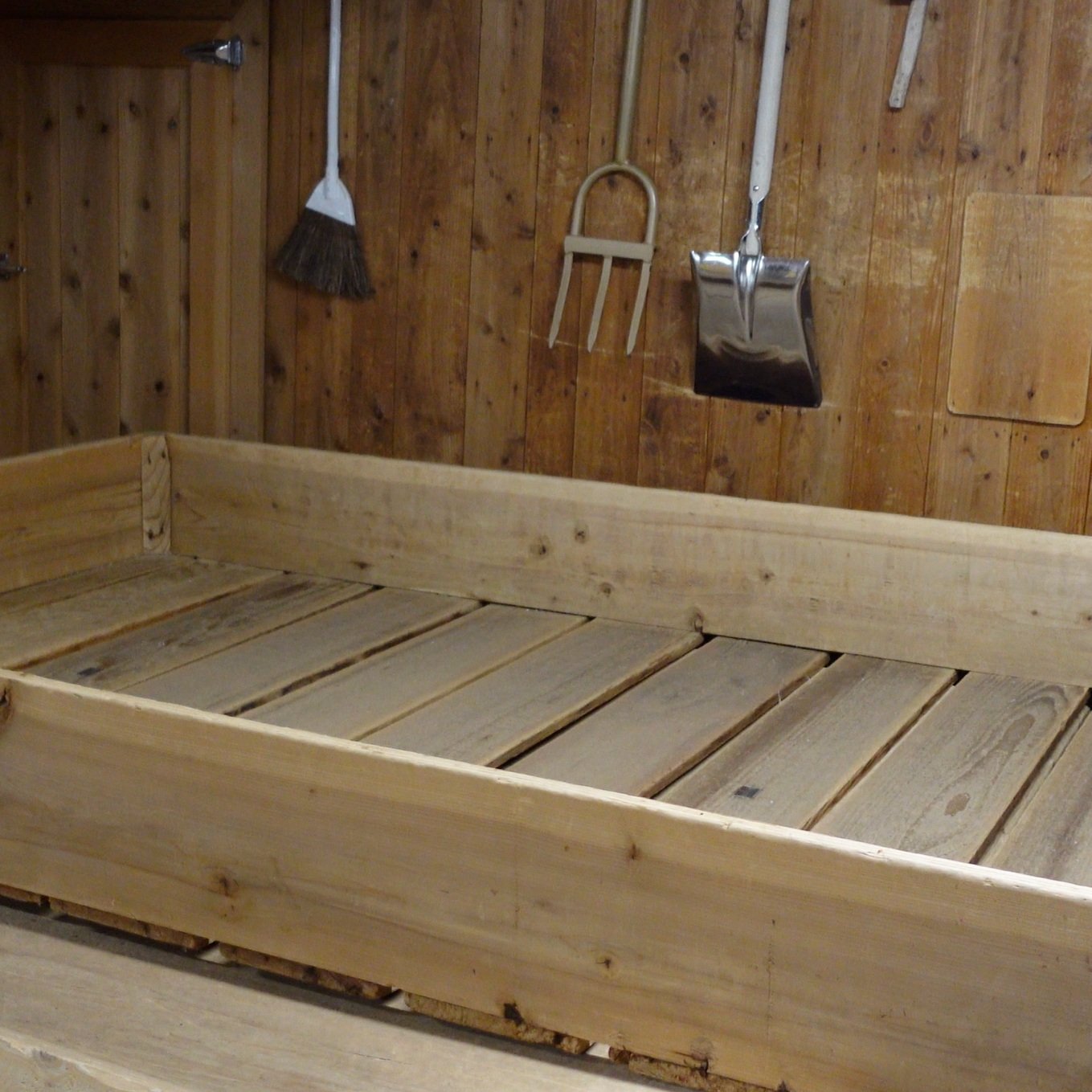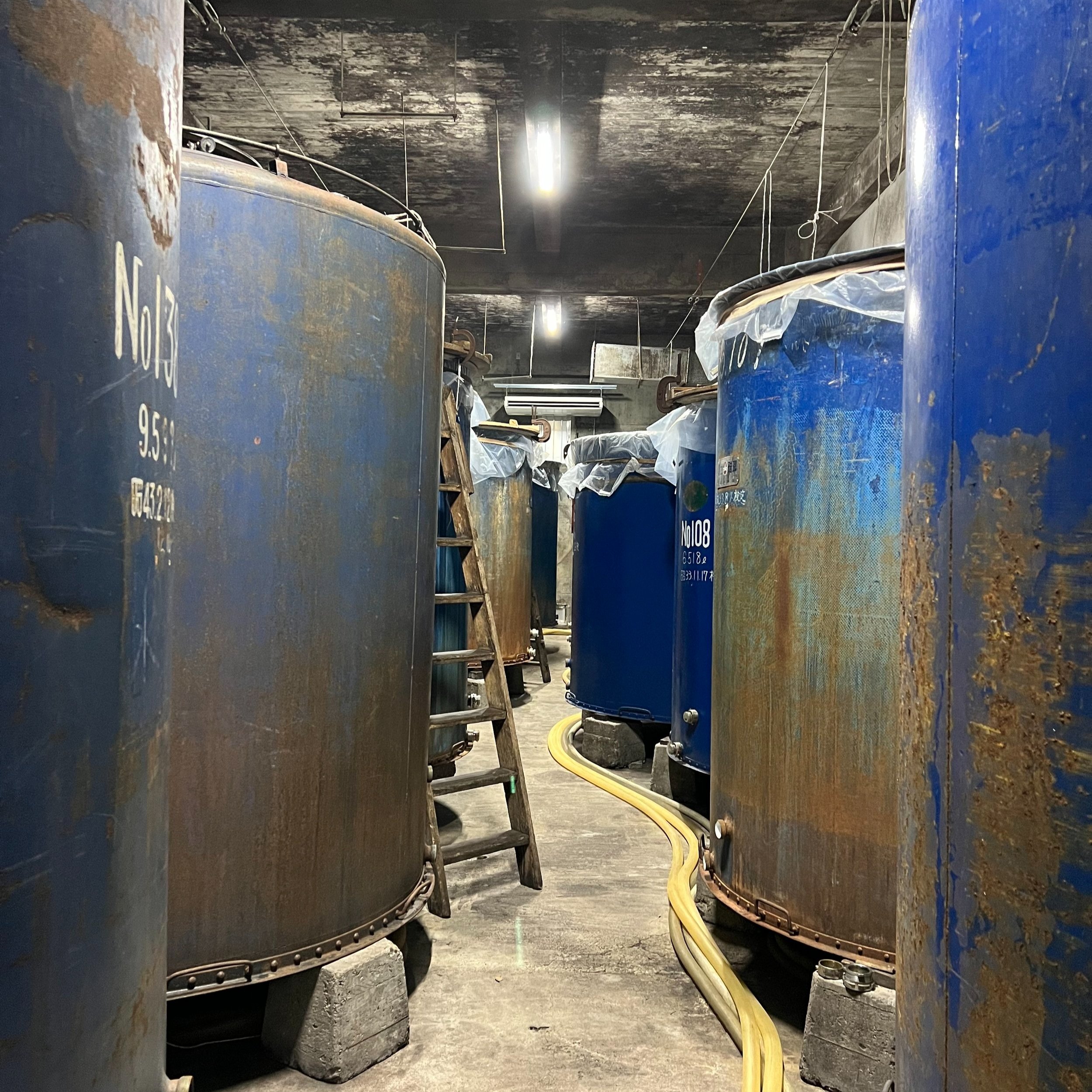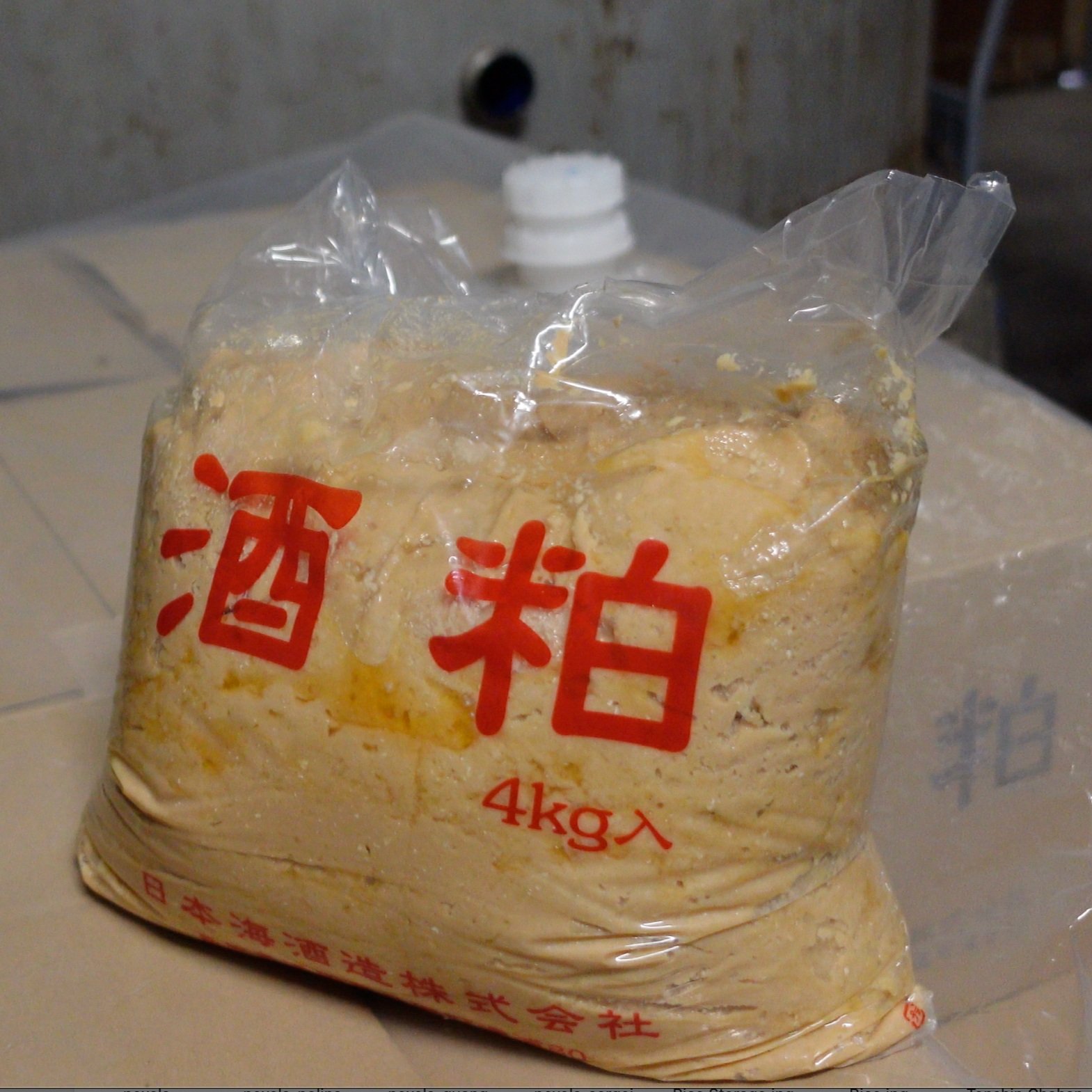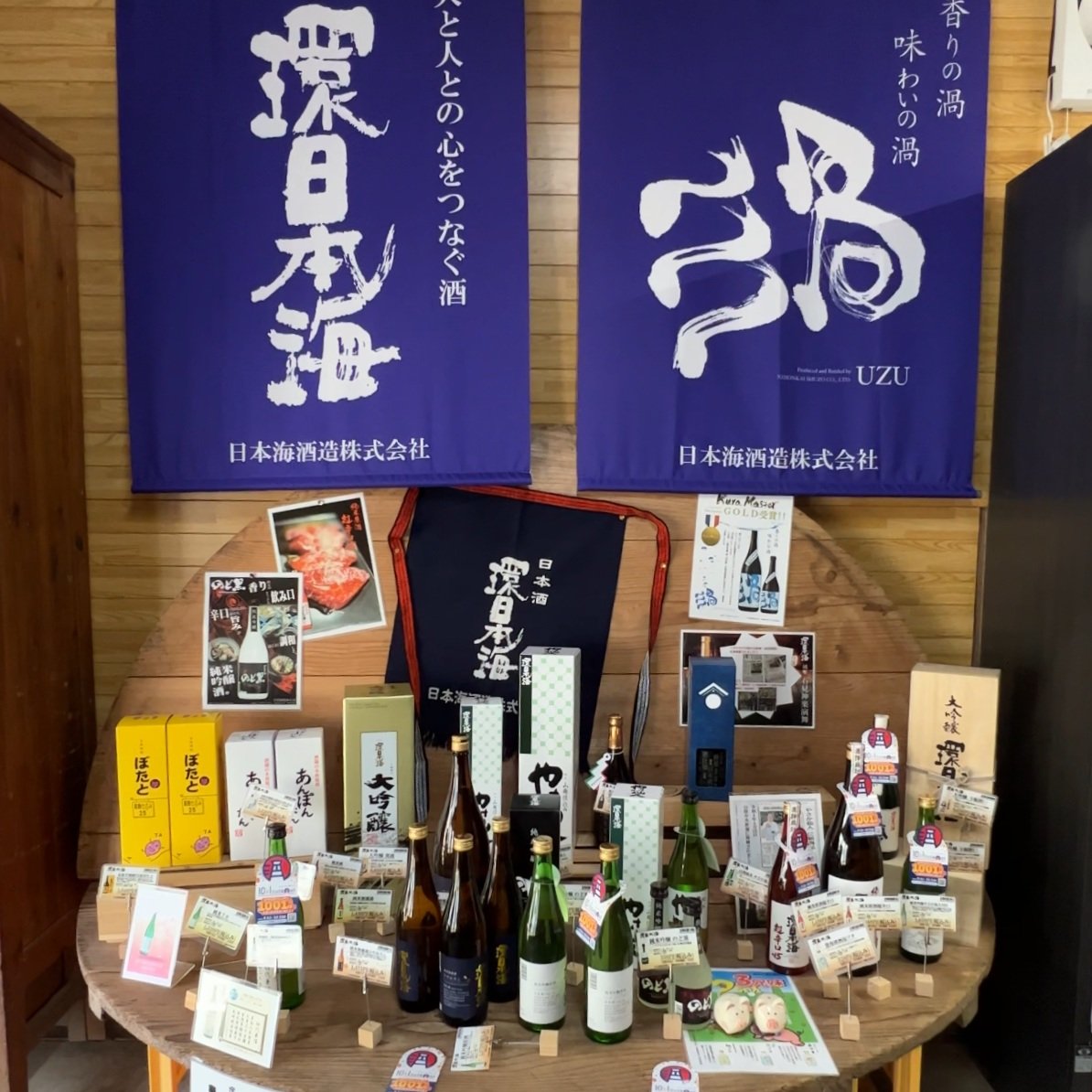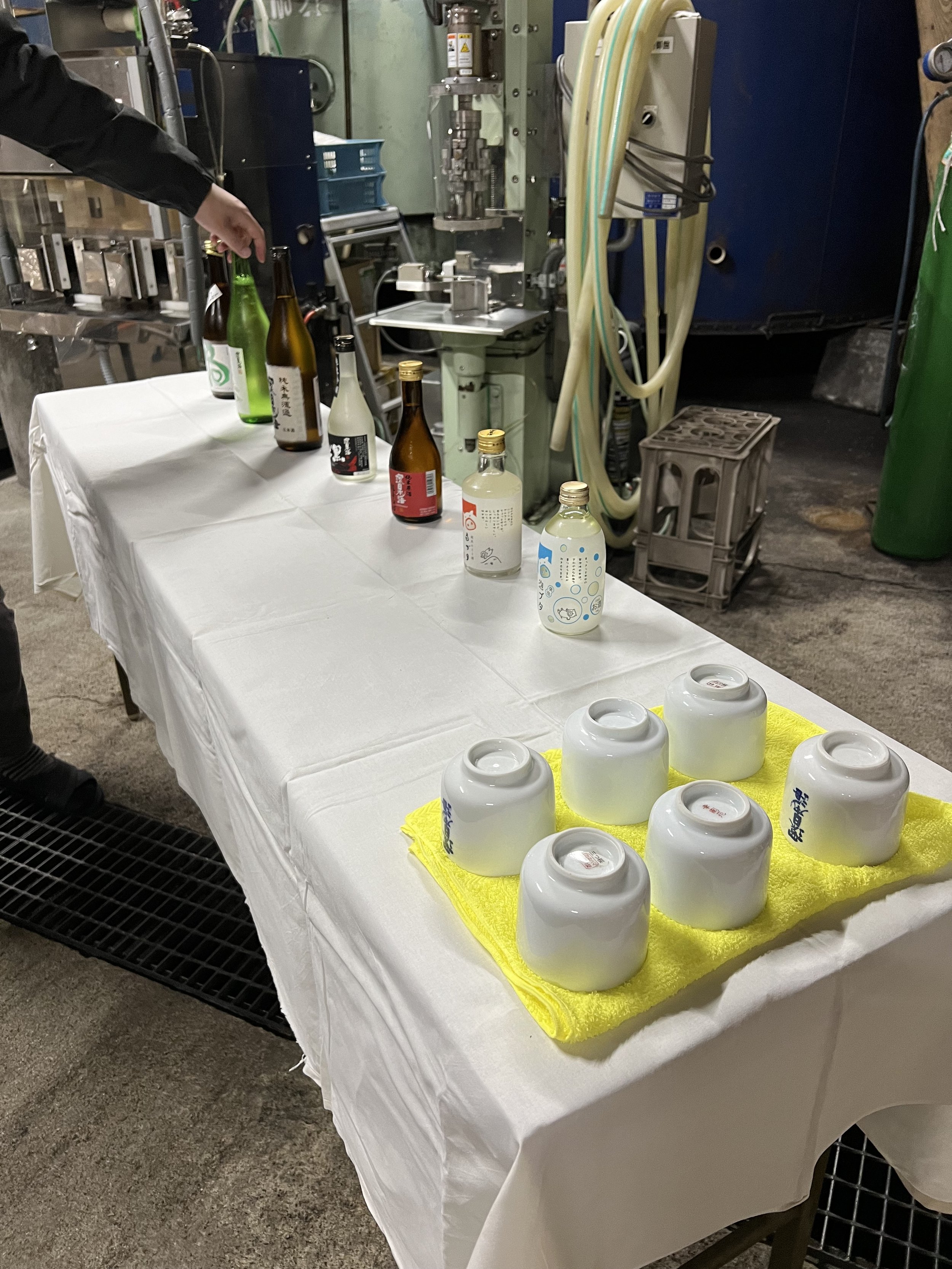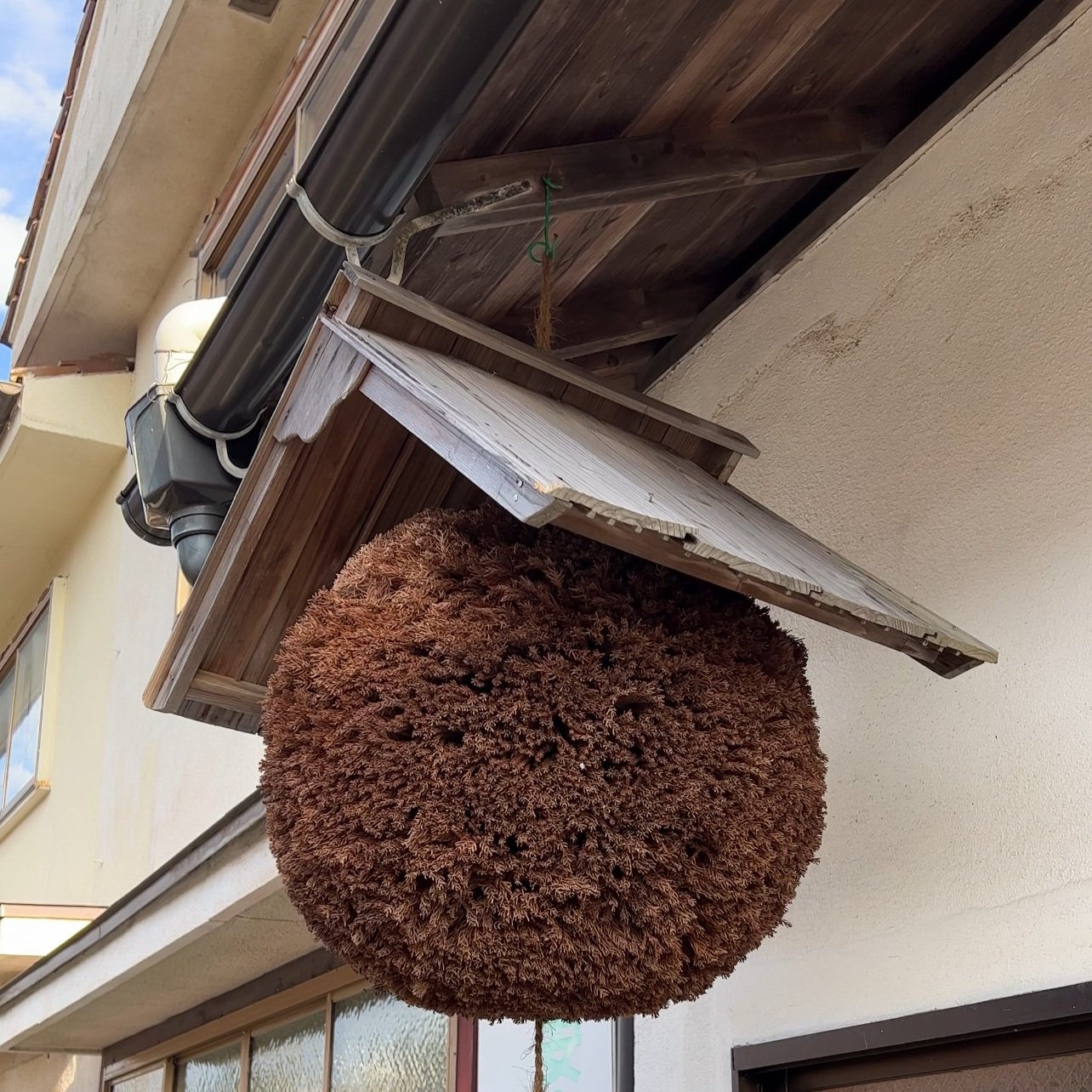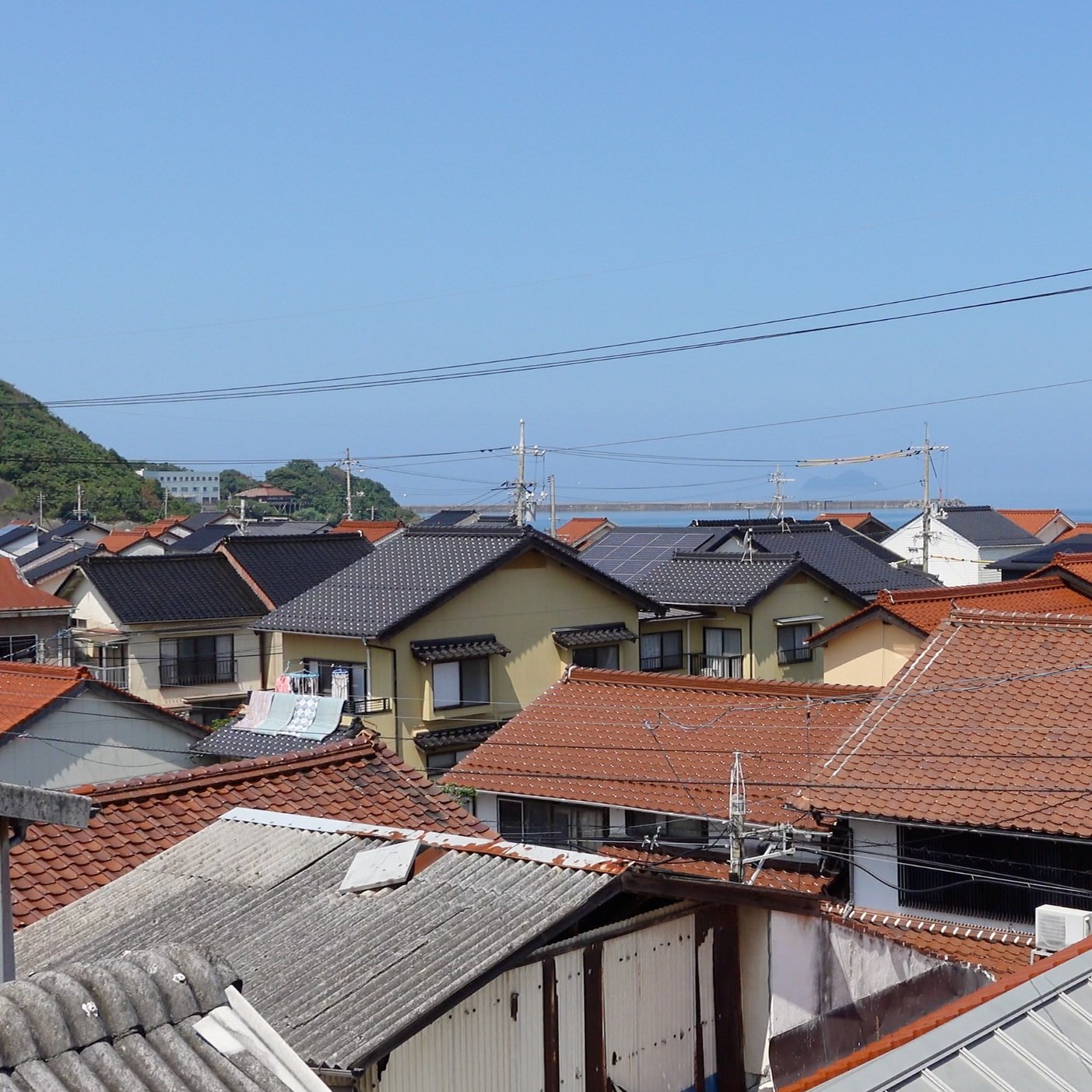Sake in Shimane
Exploring Japan’s Sake Heartland in Shimane
Did you know that in Shimane Prefecture, home to a population of 670,000 people, there are around 30 sake breweries?
Often referred to as the "prefecture where gods reside," Shimane has a rich history intertwined with Sake. According to Japan's oldest historical record, various deities gathered here to enjoy Sake, marking it as the birthplace of Japanese Sake.
I had the privilege of sitting down with the 5th-generation president of Nihonkai Shuzo, Mr. Fujita, and the Toji (master brewer), Mr. Kobara, both of whom have been crafting sake in my hometown of Hamada City.
Understanding Sake:
Sake, a traditional Japanese alcoholic beverage, is produced through a method of brewing.
The primary ingredients are rice, rice Koji (malted rice), and water. Depending on the type of ingredients, the degree of rice polishing, and the brewing process, sake can be classified into three main types: Ginjo-shu, Junmai-shu, and Honjozo-shu.
Sake rice differs from ordinary rice as it has a larger Shinpaku (starchy center). Shinpaku, the outer layer of the rice grain, is made up of proteins and lipids. By shaving off more of this layer, the taste becomes clearer. Premium sake, such as Daiginjo and Junmai daiginjo, tends to be more expensive because it uses rice that has been polished to at least 50% or more.
The method of polishing the rice grains significantly influences the taste of the sake, with higher polishing resulting in premium quality.
Sake can be enjoyed at various temperatures, ranging from hot sake (Atsukan) to chilled (Hiya) – providing a unique and diverse drinking experience.
Historical Roots of Sake:
Sake production is believed to date back to around 300-200 BCE when rice cultivation began. During the Heian period, organizations dedicated to brewing sake for ceremonial purposes were established. Over time, sake breweries emerged, and advancements in technology aimed at ensuring stable sake quality followed suit.
In Shimane Prefecture, the ancient text book "Kojiki" recounts stories of Sake-making and banquets in the context of the Izumo mythology, contributing to the claim that Shimane is the birthplace of Japanese sake.
The Art of Sake Brewing:
The brewing season typically spans from mid-October to mid-February, taking advantage of the natural cold temperatures in a method known as "Kan-jikomi" or cold brewing.
Rice Polishing -Washing - Steeping - Steaming: The process involves polishing brown rice, washing it, soaking it in water, and then steaming it. Different stages of this process are utilized in the production of Koji, Shubo, and Moromi.
Koji Making (mold): Rice malt is sprinkled over the steamed rice, and over two days and nights, Koji rice is produced.
Shubo Making (starter): Steamed rice, water, and yeast are combined to create the starter mash.
Moromi Making (main mash): A mixture of Koji, Shubo, steamed rice, and water is stirred to create the main mash. The brewing process is carried out in three stages (three-step brewing). The Moromi is allowed to ferment over a period of three weeks to one month.
Filtration: The mash is compressed, separating the original Sake from the lees called Sake-kasu.
About Nihonkai Shuzo Sake Brewing:
Nihonkai Sake Shuzo works with local farmers in Yasaka Town, using sake rice nurtured in the optimal environment with clear water. The brewery utilizes subterranean water from one of the Chugoku mountain ranges, known for its purity. The town of Misumi, where the brewery is located, is called the "clear water village," and its soften water is ideal for sake production.
In Hamada city, where the brewery is located, the cuisine often features fresh, fatty fish, resulting in a preference for rich and velvety soy sauce. Due to the influence of these culinary cultures, the background belief is that sake with a sharpness pairs well with meals. As a characteristic of sake quality, there is often a high acidity, and a substantial, full-bodied taste is common. Additionally, it is well-suited for consumption as Atsukan, hot Sake.
Recommended Sake Pairings:
Kunshu (Aromatic flavor): Fragrant and fruity, pairs well with light dishes - Sashimi, soba, tempura, and cold tofu.
Sosyu (Refreshing flavor): Light and smooth, versatile with a wide range of dishes. Ideal for cuisine that highlights the natural flavors of ingredients - warmed Tofu, grilled fish, and hot pot dishes.
Junshu (Rich flavor): Full-bodied with the inherent richness and depth of rice. Enjoyable with heartier dishes - steak, yakitori, and grilled meats.
Jukushu (Aged flavor): Deeply aromatic and rich in flavor. Well-suited for bold-flavored dishes - Chicken Namban, spicy meat dishes, and grilled eel.
Lastly:
This sake brewery is located not far from my father's home. While I don't typically indulge in Sake, a sudden sense of familiarity and interest sparked within me. When I visited during the summer, the brewery lay quiet as the Sake-making process had yet to commence. However, during my autumn visit, I arrived right at the beginning of Sake production, with cedar ball called Sugi-dama adorning the entrance of the brewery. Although I hadn't associated Shimane prefecture strongly with sake brewing, the more I learned about its history, rooted in Izumo mythology, the more intriguing it became. As a native of Shimane with one of Japan's premier sake breweries in my hometown, I couldn't help but feel a sense of pride.
interviewed Mr. Fujita (right), the president, and Mr. Kobara, master brewer (left)


